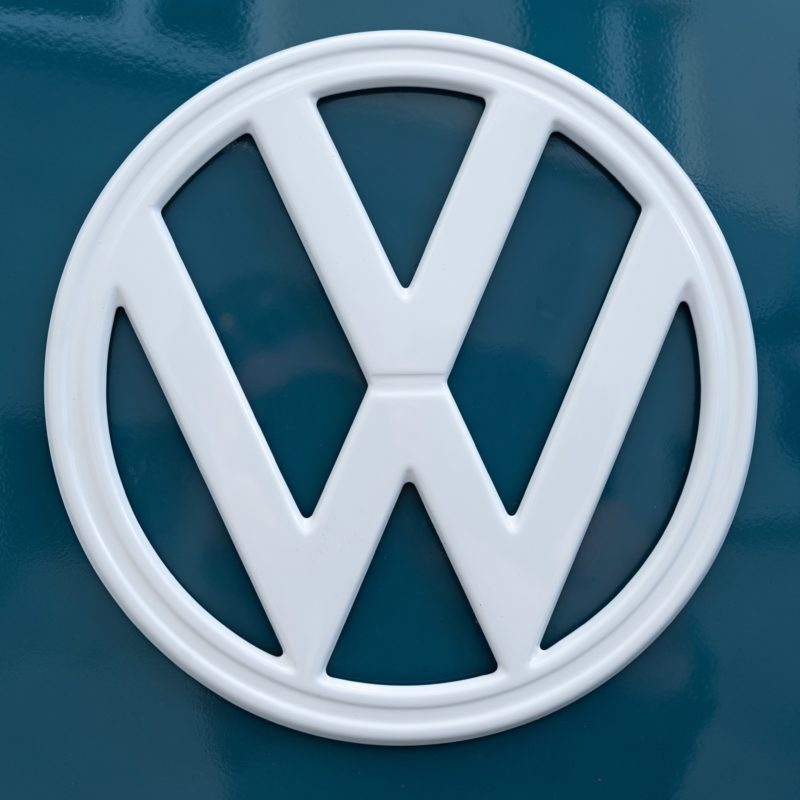For a long time, businesses and individuals have operated with the difficulty of doing certain actions remotely. Among these is the signing of documents. Distances, borders, differences in time zones, each signer’s own organizational constraints, unforeseen events are all constraints contributing to the pressure for providing an electronic solution for this important need.
For a long time, businesses and individuals have operated with the difficulty of doing certain actions remotely. Among these is the signing of documents. Distances, borders, differences in time zones, each signer’s own organizational constraints, and unforeseen events are all constraints proving the need for an electronic solution.
At Content Gardening Studio, we have been working on this issue for almost three years, and we have developed our electronic signature tool to address the needs of businesses. It is a web application that can be installed in the hosting infrastructure of a company, integrating into their organization and information systems.
The electronic signature tool helps companies extend or improve their document-based processes, translating into productivity gains for employees and partners.
Provided features
- Users can sign a document by loading it into the system
- Users can co-sign a document (in the case of a partnership or business relationship)
- Instant creation of the file containing the signature and subsequent use of the latter
- Identity verification: Sending a code by email or SMS to verify the identity of the signer
Options available through custom development (based on your specifications)
- Saving documents in another system (or for archiving), providing you have access to an API allowing you to do so. Examples: Dropbox, Google Drive, your CRM
- Implementation of the document management flow specific to your organization around the e-signature features
Product availability
We’ll install the application on a server of your choosing (Linux or Windows) and work with your teams to get it up and running.
Contact us for a quote or to arrange a demonstration.



